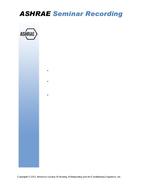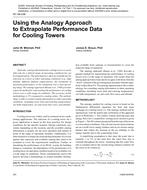Personal conditioning systems (PCS) can increase the individual comfort level in a warm environment. PCS takes care of differences between building users and deviations in the global environment do not influence the comfort of the individual. With that, the pressure on the global climate system to deliver a precisely controlled and stable local environment is reduced. This way, the system can achieve individual comfort and reduce the energy use of the building at the same time. The energy saving potential of the building as a whole, including the PCS, is highly dependent on the performance of the PCS. An ideal PCS uses less energy than what can be saved on the global climate systems. The defining characteristics of performance of the PCS are the power that is needed to compensate for a certain level of discomfort and the maximum level of discomfort that can be compensated for. In this study, a PCS is developed that uses moving air as a mean of locally cooling a person. It was tested on 16 subjects (8 male and 8 female) in the climate chamber to find the performance characteristics. The tests were conducted at stable, slightly warm conditions (28°C, 82°F). During these tests, the PCS is indirectly controlled via a user interface on a tablet computer. Even though a clear increase in comfort level could be detected, the power needed for this varied greatly. On average, the subjects needed 22.7 W to lower their overall thermal sensation 0.5 point on the ASHRAE 7-point scale. The complex user interface and the choice of only four possible settings caused the large spread.
Product Details
- Published:
- 2015
- Number of Pages:
- 8
- Units of Measure:
- Dual
- File Size:
- 1 file , 1.3 MB
- Product Code(s):
- D-AT-15-C059
- Note:
- This product is unavailable in Russia, Belarus


